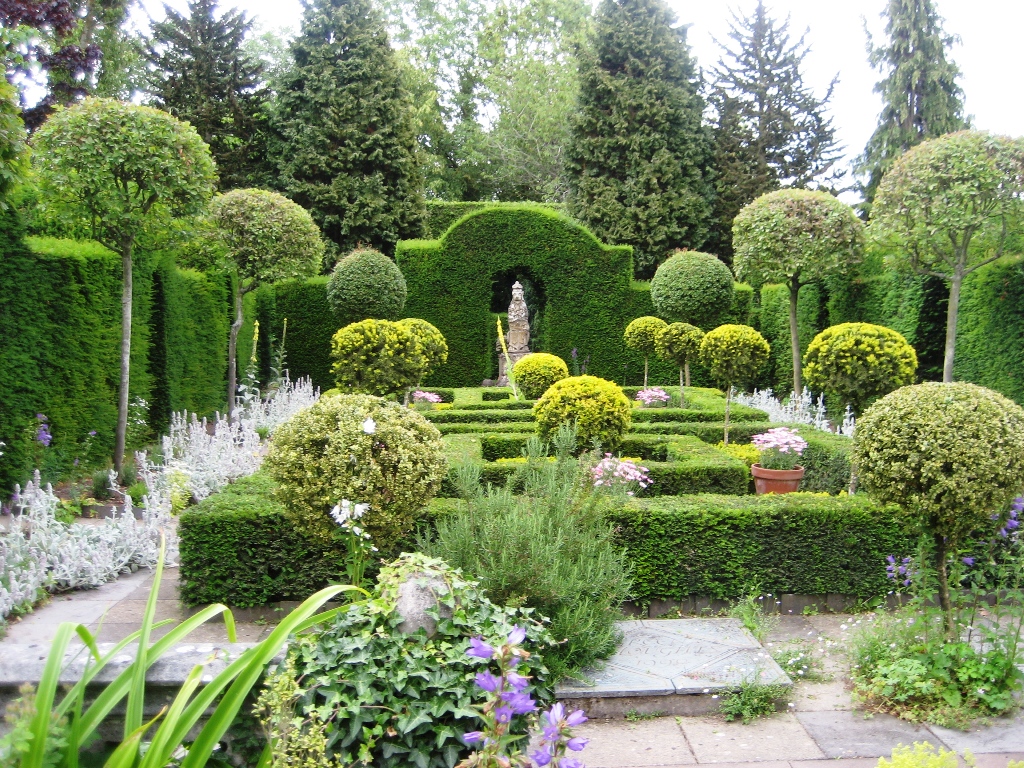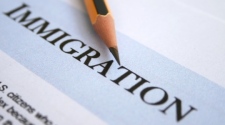Gardening can be a pleasurable activity with incredible benefits. Like any other profitable endeavor, some factors must be carefully examined and incorporated before embarking on. In gardening, we’ve learned that it could be distasteful and frustrating if certain rules are overlooked. One of such basic rules is the convenience and efficacy of green compost as opposed to the use of artificial fertilizers. Through the course of this article, we shall examine ten factors that must be considered for blissful gardening. I would like to think of it as a starters guide.

1. Creating adequate space: Garden area is of paramount importance but it mostly dependent on other variables. Living a big city may leave you tiny yard space for a sizable garden. The best approach to this situation is to plant in basins and pots. Using basins and pots is suitable where there is space constraint and can also provide a pleasurable planting experience. All that is required is to fill the pots or basins with soil rich in humus. Loamy soil rich in humus encourages vigorous plant growth. Planting in pot or basin has the distinct advantage of allowing you monitor crops in overcome extreme temperature and scorching heat from the ground. Perforating the bottom of the basin could help regulate water while keeping the soil moist. Special attention to detail is required when there is an abundance of space in the yard; considerations should be centered on positioning the garden site in place that has low visibility, good topography, good soil, and adequate protection from weather extremities.
2. Soil: Having the right kind of soil is of paramount importance to plant growth. Typically the best kind of soil for planting is the loamy soil. Loamy soil is ideal for plant growth with a perfect amount of organic matter and soil composition that allows for drainage of excessive water while maintaining an adequate level of moist. Enriching soil with the application green compost is not a bad idea. Using the best folding wagon, you can help carry a large amount of green compost to the garden site to increase soil richness. Also, it is important to loosen the soil before the plant, this helps the seed sprout faster.
3. The effective use of compost: the efficient use of compost could be decisive for individuals looking to start gardening. The use of compost could be quite tricky. However, the first step to mastery of compost use would involve digging up pits in the yard. Two or three pits would be suitable. Compost is gotten from rotten peels, fallen leaves, paper, tree barks, chipped wood (best in the form of sawdust), uprooted roots, an essentially material rich in nitrogen. Compost should be gathered and transported to pits using the best folding wagon available after the pits are filled with compost material it should be wetted and left to decay. Once it decomposes, it becomes suitable for planting. Green compost provides the tremendous support required for plant growth, supplying nitrogen and other relevant nutrients for a healthy and productive garden.
4. Water availability: water availability is very important for plant growth. Water helps provide moist for the soil and is an important element of the photosynthesis process. Water has to be applied in moderation as excessive water could lead to plant retardation. Ultimately having good control of water supply to plant is pivotal.
5. Sunlight: Sunlight is one of the most important considerations when gardening. Sunlight is an essential element of the photosynthesis process which helps plants flourish and produce food. When planning a vegetable garden for example, an average sunlight exposure of eight hours daily is needed for plants to flourish. When planning your garden, exposure to sunlight should be the top priority.
6. Newspaper and organic mulch: The benefits of newspaper mulch have helped facilitate efficient gardening. Newspaper mulch performs a lot of functions in a garden and can help plants flourish by conserving the adequate amount of soil moisture, reducing weed growth and mitigates the effects of erosion. If you are looking to start gardening, newspaper mulch would make your gardening experience a lot easier.
7. Application of manure: manure can dramatically improve soil nutrient and consequently overall plant growth. In other words, animal dung can boost soil fertility when applied properly.“The older, the better” is a cliché that works well with manure. Manure needs to be left for a long time before use. Naturally, a period of three months would give adequate time for heat to kill harmful bacteria and for the stench to reduce.
You can use the best garden cart and a shovel to gather up large heaps of dung for gardening. Manure should be gathered up in large heaps creates because it creates more heat that helps expedite the entire process making it ready for use in good time. Poultry dropping is the most preferred form of manure.
8. Hoes: Hoe is a gardening tool with a lot of relevance. Garden hoe is the most effective tool for weeding garden without damaging plants. Hoes come in handy when you want to loose the soil for planting.
9. Shovels: Shovels are a basic requirement for effective gardening. Shovels are used to dig, and lift heavy materials. In gardening, shovels can help move compost and manure to and from site. Shovels can also be used to dig up holes where compost can be stored.
10. Gloves: A pair of Glove is probably the least important consideration when trying to start gardening but could be very critical when coming in contact with compost, manure, and soil. Gloves protect the hands from thorns and dirt which is detrimental to gardener’s health. Gloves also help protect the hand from bruises and blisters when handling gardening tools.
















